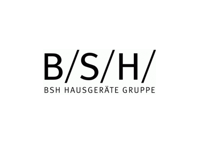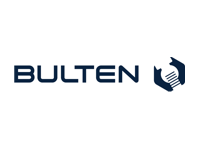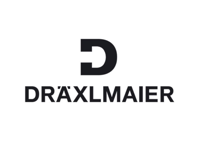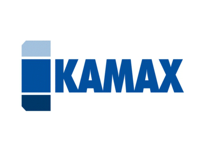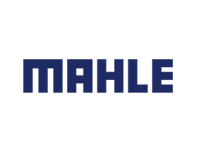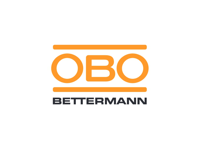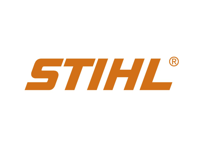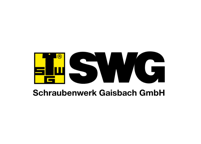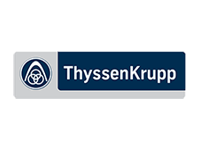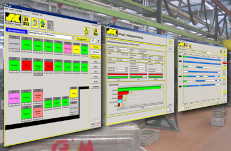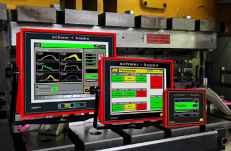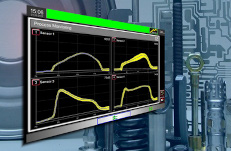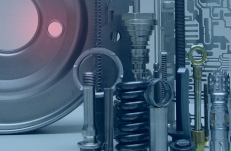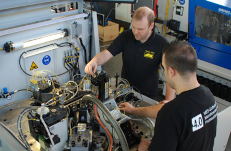
Testimonials
Small Enterprises also benefit from Data Networking Transparency!
"In the old days, I was convinced that a small plant like ours could still do well without an electronic data collection system. I used to have my eye everywhere, and in addition, I could hear from my desk if my machines were running or not running” describes Dirk relating his former point of view. “However, as the company grew and the batches became increasingly smaller with more frequent job changeovers, I began to realize that data collection was going to become a necessity. Often, I didn't really know which orders were currently running on my machines, or to what degree the orders had been completed.”
Transparency today is a must in industrial production processes
Even if the number of machines is few, it is even more important today to keep an eye on true machine performance. A single machine that is not running well has a significant impact on the average productivity of the entire production floor! It is important that every machine in a manufacturing department performs up to its potential. That's why Dibe finally decided to install the SK-go!® data networking system (MES) supplied by Schwer + Kopka.
"From the very beginning, we were using the Schwer + Kopka process monitoring systems on all of ourmachines, and could connectmost of themto the SK-go! data ® collection system” explains Dirk Beissner about his decision. “The connection between the process monitoring part of the system and the recorded productivity data has proven to be especially useful for us in a number of instances. Recently, we ran a part which took three times as long to finish as was planned although the same part had been made several times before with no problems. After checking the run time diagramof this job on our SK-go! system, we noticed frequentmachine stops ® caused by the process monitoring system. It was determined that the forming forces were varying too much and exceeded the envelope limits. It became clear that the job was set-up incorrectly by a less experienced operator who was not fully aware of the peculiar aspects of that machine and the tool set. The analysis of the collected data revealed exactly which reason caused the frequent shut downs. The job was then set-up by one of our experienced setters and the following order could be completed in the scheduled time frame. Without the clear indication from the SK-go!®production tracking, we would have continued fiddling around forever” said Dirk who is also excited about the achieved success. The findings were immediately discussed with all operators to prevent the same problem from happening again in the future.
Critical data analysis now is a daily routine
Dibe actively uses all the collected data to be alerted to unfavorable conditions in real time. “The SK-go! system allows us to set warnings limits for a number of ® different criteria” adds Karl Jeger who is the manufacturing manager at Dibe. ”For example, I receive an alert when a job is about to be completed which gives me ample time to deliver the tool set and the material for the next job. I also receive information indicating poor machine utilization, or if the machines are set to run at a slower speed than planned”.
Management's opinion of the SK-go! system is clearly positive: “We managed to ® significantly reduce the time loss between the termination of one job and the start of the next one. The exact knowledge about the true order processing based on the accumulated data allows us to analyze problems in detail and to initiate the correct remedial action. In addition, we now are able to answer our customers' questions relating to delivery dates at the press of a button, where previously, somebody had to go out on the shop floor and search for the machine running the job.”
Extending the use of data collection is already planned
The next step inmaking further use of the SK-go! data collection systemis already ® scheduled. Shortly, Dibe will also collect and analyse the actual tool usage via the system. Once an operator presses the down code “tool change,” he will automatically receive a tool list on the screen of his monitoring terminal. All he has to do is check off the exchanged tool on this list, and all information relating to this tool change is put into the data base including the number of parts made with this tool.” Management will then have the capability to review the life history of any tools tracked by the data base.


















